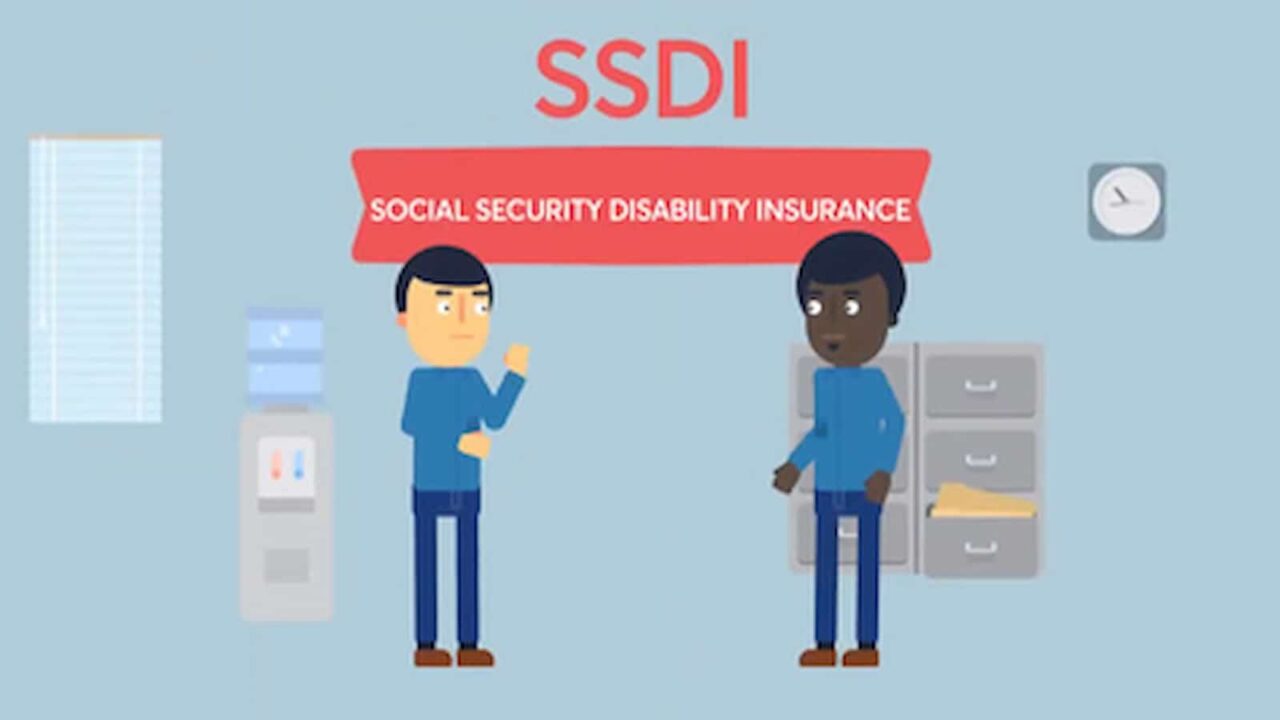Comparing SSDI and VA Disability: Military service for the country can incur significant expenses. Disabling physical or mental impairments may necessitate the veteran seeking alternative benefits beyond government assistance, as its provisions may not always be sufficient. Therefore, a concise guide to determining which one is ideal for you is provided here.
Although the government administers both Social Security Disability Insurance (SSDI) and VA disability benefits, they are separate programs with their own requirements, advantages, and disadvantages.
Because it is initially tailored to the needs of veterans, obtaining VA disability may be a simpler process. However, SSDI encompasses a more extensive demographic, including retired military personnel.
A veteran may be able to qualify for both benefits on occasion, but doing so will demand perseverance and adherence to lengthy and extremely specific procedures.
SSDI January Payment: Eligibility and Distribution Details Revealed
A Comparison of SSDI and VA Disability
VA disability stipulates, in principle, that the applicant must be afflicted with a condition that is directly related to their military service. Additionally, even though the level of disability provides for partial payments, the applicant is not required to be unable to work as a result of their condition.
In addition, neither mortality nor a duration of more than 12 months of the condition’s presence are prerequisites. Work history, age, or grade level have no bearing on an applicant’s eligibility.
In contrast, the SSDI benefit is designed to assist the general populace and does not stipulate that the qualifying condition must be related to the applicant’s military service. Nevertheless, it fails to provide partial payments commensurate with the level of disability.
The condition must prevent the applicant from engaging in substantially gainful activity for them to qualify for SSDI. The condition must progress beyond a duration of 12 months or result in the demise of the individual afflicted. Additionally, the program has stringent prerequisites about age, academic standing, and occupation.
The veteran is eligible for both benefits.
SSDI benefits may be more difficult to obtain for veterans in particular, but there are no restrictions on receiving both.
The Social Security Administration (SSA) expedites the application process for veterans and active-duty military personnel who satisfy all eligibility criteria.
Applicants who possess a 100% permanent and total VA disability rating may be eligible for expedited processing and automatic approval.
SSA requests identification from applicants for military service via a Veterans Affairs (VA) notification on uncommon occasions.
By exercising some perseverance and effective planning, a veteran can obtain both advantages, thereby enhancing their quality of life during challenging circumstances.
SSDI Approval Rate by Age: What is the oldest age you can file for disability?


















